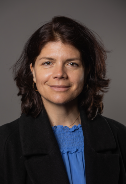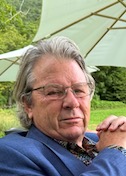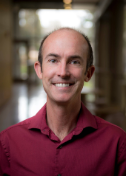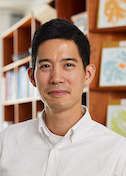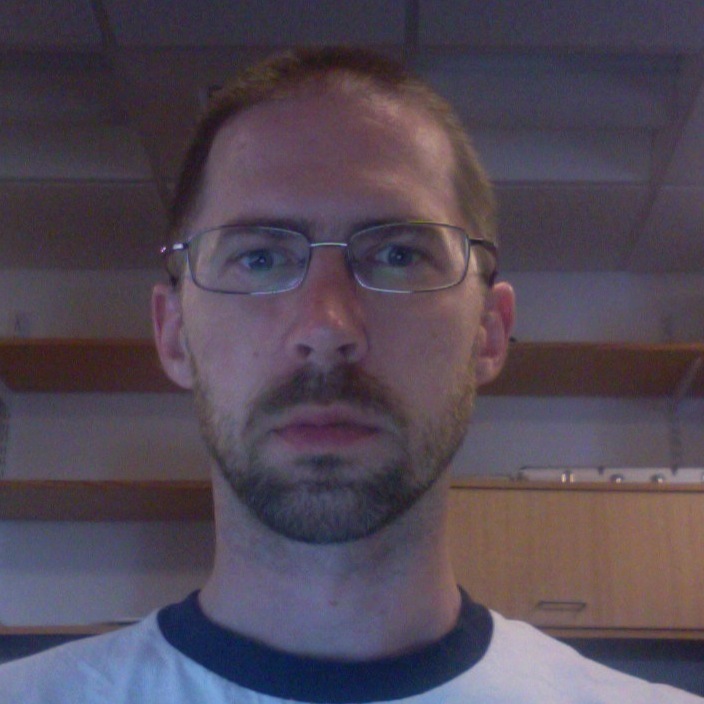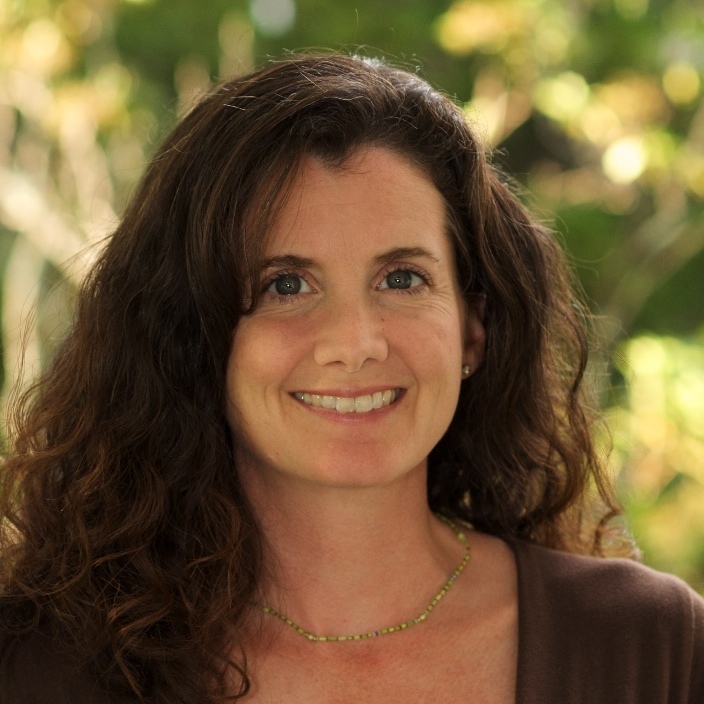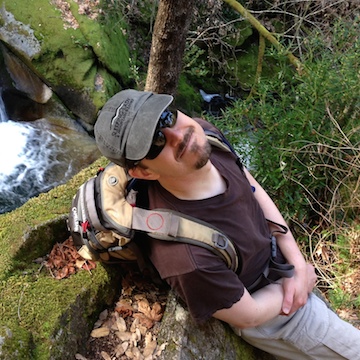Bloodletting and Other Studies
Pedro José Barbosa Pereira
Institute for Molecular and Cell Biology, Portugal
Published November 25, 2014
When searching for a graduate program, Pedro José Barbosa Pereira was drawn to the lab of Nobel Laureate Robert Huber at the Max Planck Institute of Biochemistry in Munich for obvious reasons. But it was the leeches that made him stay.
The laboratory was beginning to explore anticoagulation factors that allow creatures like leeches and ticks to survive. “Leeches can feed twice a year and keep the meal liquid in their guts for six months. This is absolutely incredible,” says Pereira. “How do they do it?”
Pereira later ended up on a different project, but that original interest set a theme for his research that still persists. His work centers on understanding how protein-protein interactions modulate function, be it in leeches, ticks, flies, bacterial pathogens or humans, using X-ray crystallography as a primary tool. “I want to have a look at these molecules and I want to understand how they work by knowing what their shape is,” says Pereira, now a laboratory head at the University of Porto’s Institute for Molecular and Cell Biology (IBMC).
In Huber’s lab in the mid-1990s, Pereira solved the structure of an enzyme called tryptase, a protein similar to the coagulation proteins he was originally interested in. These proteins fall into a class called serine proteinases and appear throughout the human body. In the gut, they shred food, in the blood, they induce clotting, in the reproductive system, they enable egg fertilization. Tryptase, when secreted by mast cells of the immune system in the lung, can induce many of the symptoms of an asthma attack. These proteins, though similar, behave very differently in different environments, a mystery Pereira’s first structure helped solve.
The protein structure revealed a central pore leading to a shredding machine. Access to four active sites is controlled by the size of the pore entrance, excluding molecules of the wrong size. “The moment we had the structure, everyone said, Aha!” he says. “Suddenly we could explain a pile of biochemical data that seemed contradictory.”
Pereira and collaborators at Max Planck began the work of designing drugs to modulate the protein’s activity, later turning that project over to industry for further development. Today, Pereira takes a similar approach. His main focus is on basic science, he says, “but we try to look at what we’ve found and say, how can this be used?”
Pereira moved on to complete a post-doctoral fellowship at the Molecular Biology Institute of Barcelona (IBMB-CSIC). There, he collaborated with a biochemist from Ireland who was set to understand the molecular underpinning of newborn jaundice, a condition easily treated, but not well understood. In utero, the fetus uses one enzyme to regulate hemoglobin catabolism, but at birth, another mechanism is supposed to take over. Jaundice results when the timing of the switchover is skewed.
Pereira got involved by solving the structure of the fetal enzyme. Unbeknownst to him, a laboratory in Japan had simultaneously solved the structure of the adult enzyme and, coincidentally, both had submitted their findings to the same journal. “We got published together,” says Pereira. “That was very exciting.”
Pereira now runs his own laboratory back in his hometown at the University of Porto in Portugal. His laboratory has three main research arms. One, focused on natural anticoagulation enzymes, hearkens back to the leeches that drew him into structural biology in the first place. Another is focused on finding new drug targets to fight mycobacteria, pathogens that cause not only tuberculosis, but also a growing number of nosocomial infections, especially in hospital settings. In this line of work, the lab is busy characterizing enzymes that are part of an essential pathway in the bacteria and is beginning to search for potential inhibitors using both laboratory techniques and screening using computational tools.
The third project is an effort to understand how iron-sulfur clusters influence DNA sequence recognition and control DNA expression. The team published the structure of one bacterial iron-sulfur cluster pathway regulator recently, and has another in the works. “This is a very new thing,” he says. “We can describe a snapshot of the process, but we need to make the complete movie.”
-- Elizabeth Dougherty



